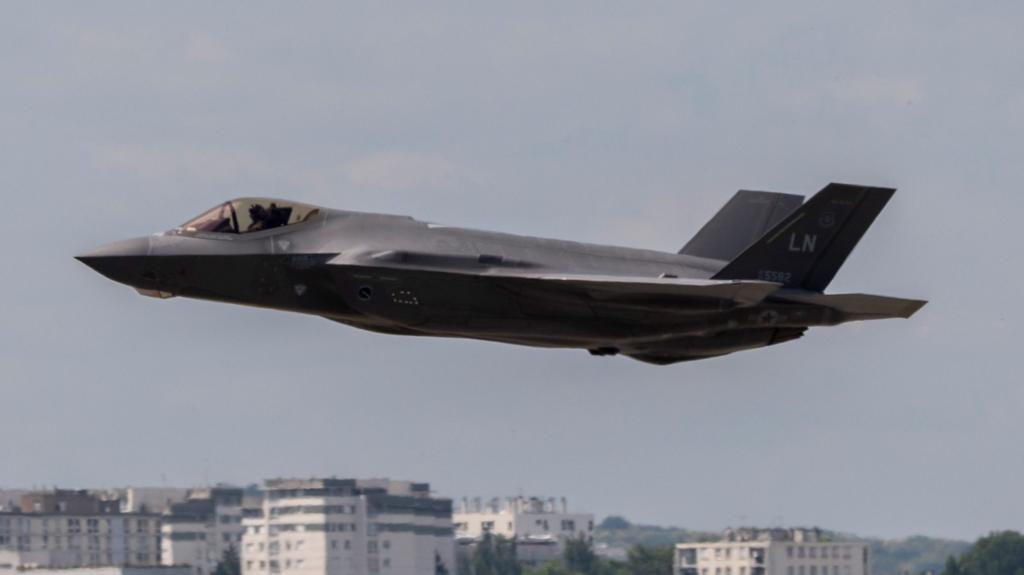The UK government will acquire twelve F-35A fighter jets capable of carrying nuclear weapons, bolstering NATO’s airborne nuclear mission. Downing Street characterized this as the most significant enhancement of Britain’s nuclear posture in decades.
While also compatible with conventional weaponry, the F-35As will be equipped to deploy US-made nuclear bombs. The Prime Minister will formally announce this acquisition at this week’s NATO summit in the Netherlands.
NATO’s airborne nuclear mission utilizes allied aircraft carrying US B61 bombs stored in Europe. Seven nations, including the US, Germany, and Italy, already operate dual-capable aircraft of this type.
Deployment of nuclear weapons necessitates authorization from NATO’s nuclear planning group, as well as the US President and the British Prime Minister.
Prime Minister Sir Keir Starmer stated, “In an era of unprecedented uncertainty, we cannot take peace for granted. Therefore, my government is investing in our national security.” He further highlighted the economic benefits, anticipating the creation of 20,000 jobs and support for 100 businesses, heralding a “new era for our world-leading Royal Air Force.”
NATO Secretary-General Mark Rutte praised the announcement as “another robust British contribution to NATO.” The jets will be based at RAF Marham in Norfolk.
This decision represents a victory for the RAF, which advocated for a longer-range fighter with enhanced weapon capabilities. The F-35A offers superior range and payload compared to the currently operated F-35B variant.
The F-35B’s short take-off and vertical landing capabilities were initially prioritized for operation from the Royal Navy’s aircraft carriers. However, the F-35A provides a significant improvement in operational flexibility.
With the US having pre-positioned B61 bombs in Europe, Justin Bronk of the Royal United Services Institute (RUSI) notes that the US would retain control over their release and use, a point potentially contentious given the UK’s reliance on the US.
Currently, Britain’s strategic nuclear deterrent relies solely on Trident ballistic missiles launched from Vanguard-class submarines. While the missiles are US-made and maintained, the warheads are UK-produced and maintained, ensuring—as successive governments have asserted—an independent deterrent.
RAF jets were previously equipped for tactical nuclear weapons until the retirement of the WE177 bombs in 1998. Mr. Bronk anticipates a period of integration for the RAF’s return to the nuclear realm, highlighting the F-35A’s extended range and conventional weapon versatility as key advantages.
This decision follows the Strategic Defence Review, where Defence Secretary John Healey cited “new nuclear risks, with other states increasing, modernising and diversifying their nuclear arsenals.” A recently published national security strategy emphasized the need for readiness against potential direct threats to the UK homeland, possibly in a wartime scenario.
Sir Keir has committed to meeting NATO’s target of allocating 5% of UK GDP to national security by 2035. At the NATO summit, members are expected to endorse this target, allocating 3.5% to core defence and the remainder to related areas.
As NATO leaders convene to increase defence spending targets, some haven’t yet met existing commitments. A strategic document highlights the need for a comprehensive national effort to enhance UK security. The announcement precedes a two-day NATO summit in the Netherlands, where a new 5% defence and national security spending target is anticipated.
Europe awaits President Trump’s arrival at the summit, anticipating discussions on Iran, defence spending, and the 5% defence spending target he has demanded from allies.

